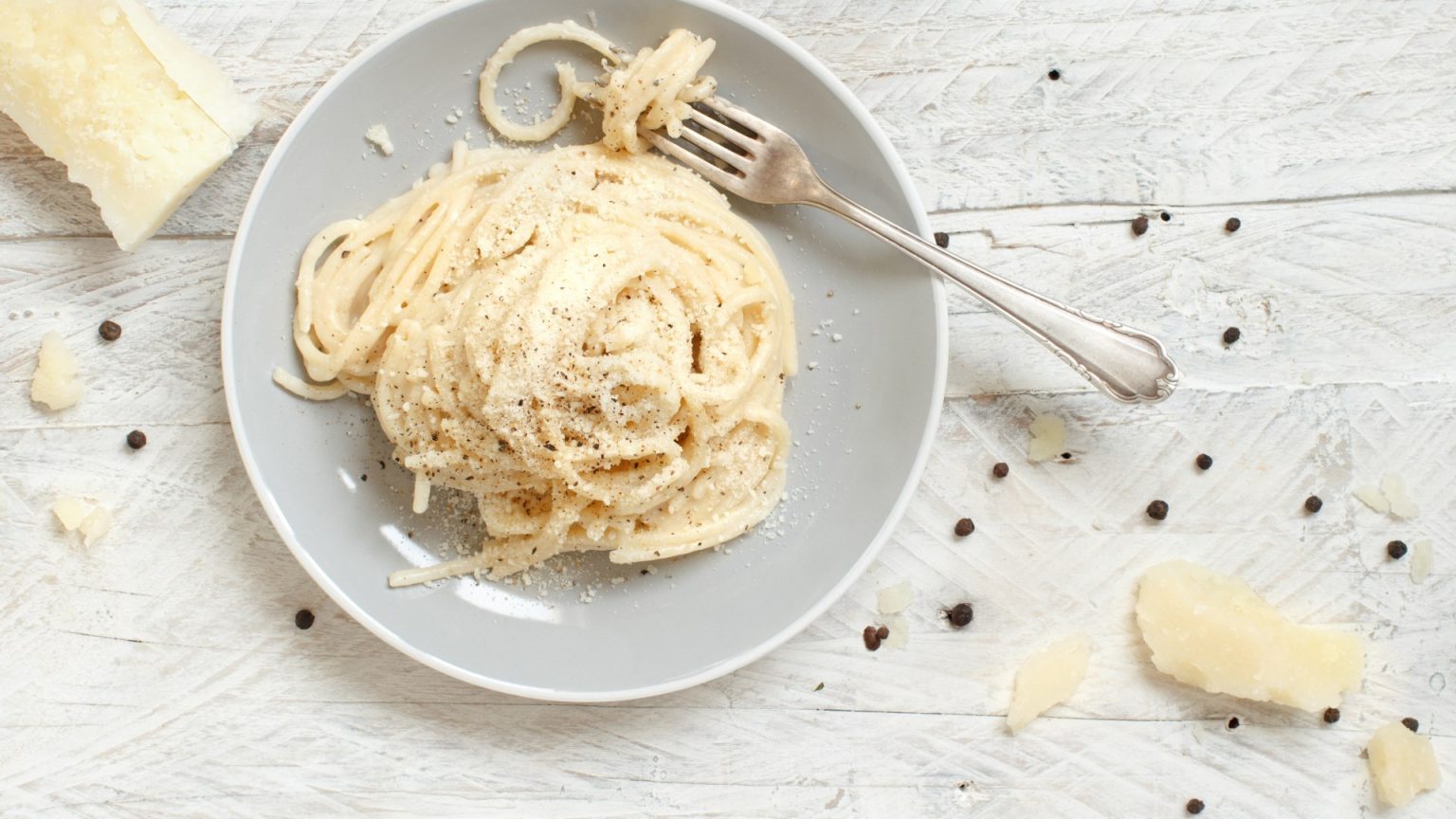Cacio e pepe, a deceptively simple pasta dish, has been the subject of scientific scrutiny, with researchers delving into the physics behind its perfect execution. This seemingly effortless culinary creation, traditionally composed of pasta, pecorino cheese, black pepper, and pasta water, often presents a challenge for those lacking the intuitive touch of experienced Italian cooks. The scientists, aiming to demystify the process, embarked on a quest to identify the critical factors influencing the sauce’s desired texture and creaminess, ultimately revealing the pivotal role of starch. Their findings, published in a scientific study, provide a practical guide for achieving restaurant-quality Cacio e pepe at home, a welcome resource for aspiring chefs lacking generations of culinary wisdom.
The research highlights the importance of the starch content in the pasta water as the crucial element in emulsifying the cheese and creating a smooth, cohesive sauce. Too little starch, less than 1% of the cheese weight, results in a separated and clumpy sauce, a far cry from the luscious consistency sought after. This occurs because the starch molecules are insufficient to bind the cheese proteins, causing them to clump together rather than forming a smooth emulsion. Conversely, excessive starch, exceeding 4% of the cheese weight, leads to a stiff sauce upon cooling, an undesirable outcome that compromises the dish’s textural appeal. The starch, acting as a thickening agent, becomes overly dominant, resulting in a less palatable consistency.
The scientists conducted a series of experiments, systematically varying the amount of cheese added to a fixed quantity of pasta and water at a constant temperature. This meticulous approach allowed them to isolate the impact of starch concentration on the sauce’s properties. They discovered an optimal starch content, falling within the range of 1% to 4% of the cheese weight, which consistently yielded a “flawless” sauce. This Goldilocks zone ensures sufficient starch to bind the cheese without creating an overly thick or stiff consistency. Their findings underscore the importance of monitoring the starch content of the pasta water, a characteristic often overlooked by novice cooks.
The study also offers a practical solution for those struggling with achieving the desired starch concentration. For pasta water lacking sufficient cloudiness, indicating low starch content, the researchers recommend adding a small amount of cornstarch. This simple addition compensates for the deficit, enabling a consistently creamy sauce. It acts as a supplemental source of starch, providing the necessary binding power to emulsify the cheese effectively. This tip proves invaluable for those using pasta varieties or cooking methods that result in less starchy water.
The research team, comprised of physicists from the Max Planck Institute for the Physics of Complex Systems, Universitat de Barcelona, and the Institute of Science and Technology Austria, approached the culinary challenge with a scientific lens. Their study demonstrates the power of applying scientific principles to understand and optimize even seemingly simple cooking processes. By quantifying the relationship between starch content and sauce quality, they have provided a practical roadmap for achieving culinary excellence in Cacio e pepe. This approach goes beyond traditional recipe instructions, offering a deeper understanding of the underlying mechanisms that contribute to a successful dish.
The study’s findings empower home cooks to consistently create restaurant-quality Cacio e pepe. Armed with this knowledge, anyone can master this classic dish, transforming a potentially frustrating culinary experience into a consistently satisfying one. The research highlights the importance of paying attention to the seemingly minor details, such as the starchiness of the pasta water, which can significantly impact the final result. This scientific approach to cooking demystifies the process, providing a clear and repeatable method for achieving culinary perfection.


